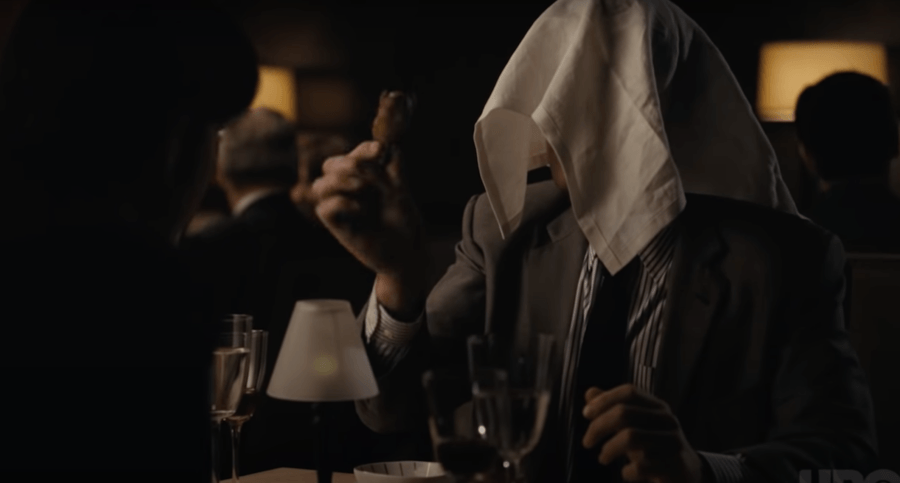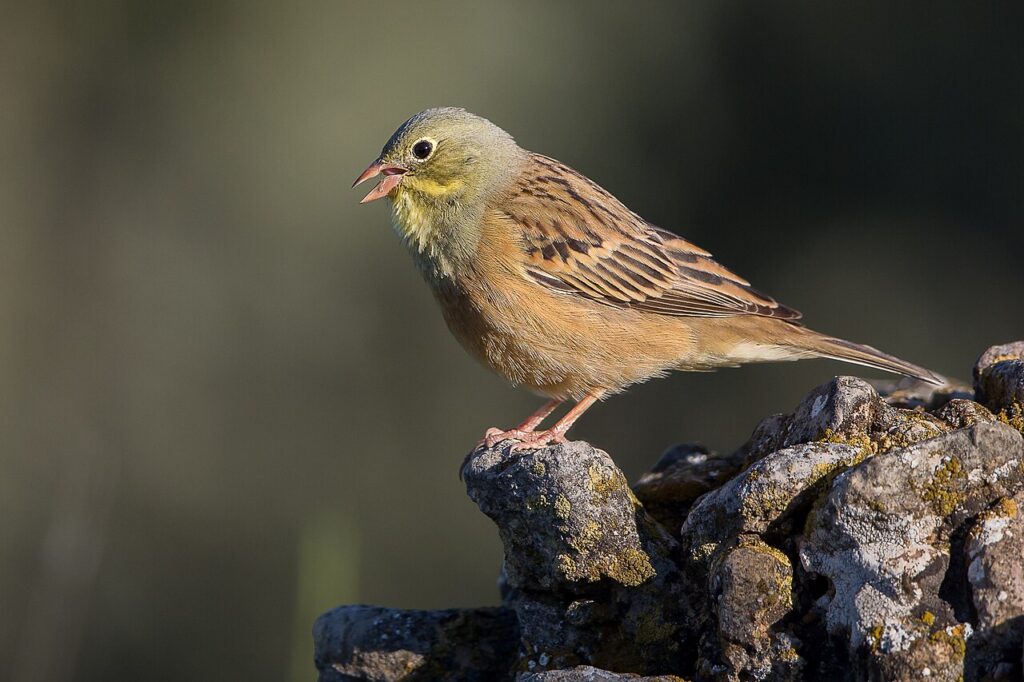If you’ve seen the ritual at a dinner table, the first thing out of your mouth would be, “What in the world am I watching?” A group of people dining together with napkins over their heads focusing solely on the food on their plate.
The napkin hides the shame of what they are doing and the wrongful act of eating something that is illegal.
On the plate are ortolan buntings, tiny European songbirds known for their small size, striped feathers, and, yes, their delicious taste, according to many.
These birds have been around for centuries, and just like ducks and turkeys, they are caught, cooked up in a unique way, and eaten, most notably in France. However, over the last couple of decades, its legality has gone away, forcing people who still want to consume their favorite bird to do so in secret.

Background of Ortolans
Ortolan buntings and the desire to eat them go back thousands of years to the Middle Ages. Found mostly in Western Europe and parts of Asia and Africa (considered Eurasian birds), the Romans used to feast on these, and since then, it’s become a popular delicacy in Europe, particularly in France.
Ortolans are about 16-17 cm long and are reminiscent of yellowhammer birds. They’ve been seen as far north as Scandinavia and as far east as India, although they’re most common in areas around France and sometimes the British Isles during the summers.
Ortolans mostly fly in pairs, but never more than that. They’re caught in traps usually during the early spring or fall, when they are often at their weakest. They’re not all hard to catch since they keep their nests close to, or on, the ground.
Cooking and Eating Ortolan
This isn’t Thanksgiving. The process of cooking and eating Ortolan isn’t as simple as catching it, putting it in an oven, carving it up, and eating it. It’s far more complex than that.
Once the birds are caught in nets called matoles, they have to be kept in a dark cage for close to a month. During that time, they can’t see and are tricked into eating figs and grains daily to try and double their size. Once they’ve gotten big enough, they’re drowned in brandy before they’re plucked and roasted. Finally, they’re seasoned and put on a plate for customers to eat.
The chefs put the food on a plate in front of the customer. Then everyone at the table puts a napkin over their head and try to consume the ortolan in one bite, eating everything but the beak. They start with the feet and work their way up, even eating the bones.
There are several theories for why people put napkin over their head, and all of them could be correct. One theory is to maximize the delicious smell prior to and while eating it. Some say it’s to hide it from God’s eyes because it is considered a shameful food to eat.
There are also theories that many diners don’t want to eat it the traditional way, which is in one bite, including the bones. Some will put the bones in the napkin after they’re done. But the most likely reason is it is a banned food today and people are eating it “in secret.”
Food connoisseurs have praised its taste. According to French chef Michel Guérard, “It is enveloped in fat that tastes subtly like hazelnut, and to eat the flesh, the fat and its little bones hot, all together, is like being taken to another dimension.”
Celebrity chef Anthony Bourdain added, “It’s sort of a hot rush of fat, guts, bones, blood and meat, and it’s really delicious.”

The Controversy of Eating Ortolan
Before going out and buying ortolan, thinking it’s a simple pickup at the local grocery store, know that they have been banned from restaurants and are incredibly hard to find. In 1979, the European Union banned the hunting of the songbird, calling ortolan a protected species.
However, while many places enforced this ban, France turned a blind eye to it, which is why many people would visit there just to eat it.
In 1997, the New York Times reported about secret meals taking place at French restaurants, with customers coming in to eating forbidden foods such as ortolans.
The television shows Billions and Succession have included it in their episodes, showing that people of wealth will pay big bucks to eat the delicious bird. In a Billions episode called “The Third Ortolan,” a character eats it and proclaims, “I don’t know about you but I just had a religious experience. At the climax I felt the crack of its little rib cage, then the hot juices rushing out, down my gullet. Sublime.”
Some compare eating ortolans to gambling. Yeah, it may be illegal in some parts, but that doesn’t mean people don’t it. Even in the episode Succession, a character admits to its wrongdoing by saying after eating the songbird, “This is like a rare privilege. And it’s also kind of illegal.”
The Increasing Scarcity of Ortolans
According to recent studies, the number of ortolans flying around are significantly down. A 2016 study showed that the number of ortolans flying around had dropped by some 20 to 30 percent. A big reason for that, though, could be because of how many have been caught over the years.
“If hunting of the ortolan continues, it will lead to the ortolan’s disappearance,” Frédéric Jiguet, a professor at France’s National Museum of Natural History said. “Removing 30,000 birds each autumn from the population crossing France constitutes a significant contribution to the decline of the species.”
This has created a significant rift between gourmet chefs who want to please their customers and conservationists who are seeking to protect species and wildlife.
For those wanting to eat ortolan today, your best bet is to go to France and secretly ask around to see who is serving it. Hunting it is hard since they’re becoming harder and harder to find. But some gourmet chefs are still being paid good money to cook it. Just be sure to bring your napkin and cover the process of eating it.

